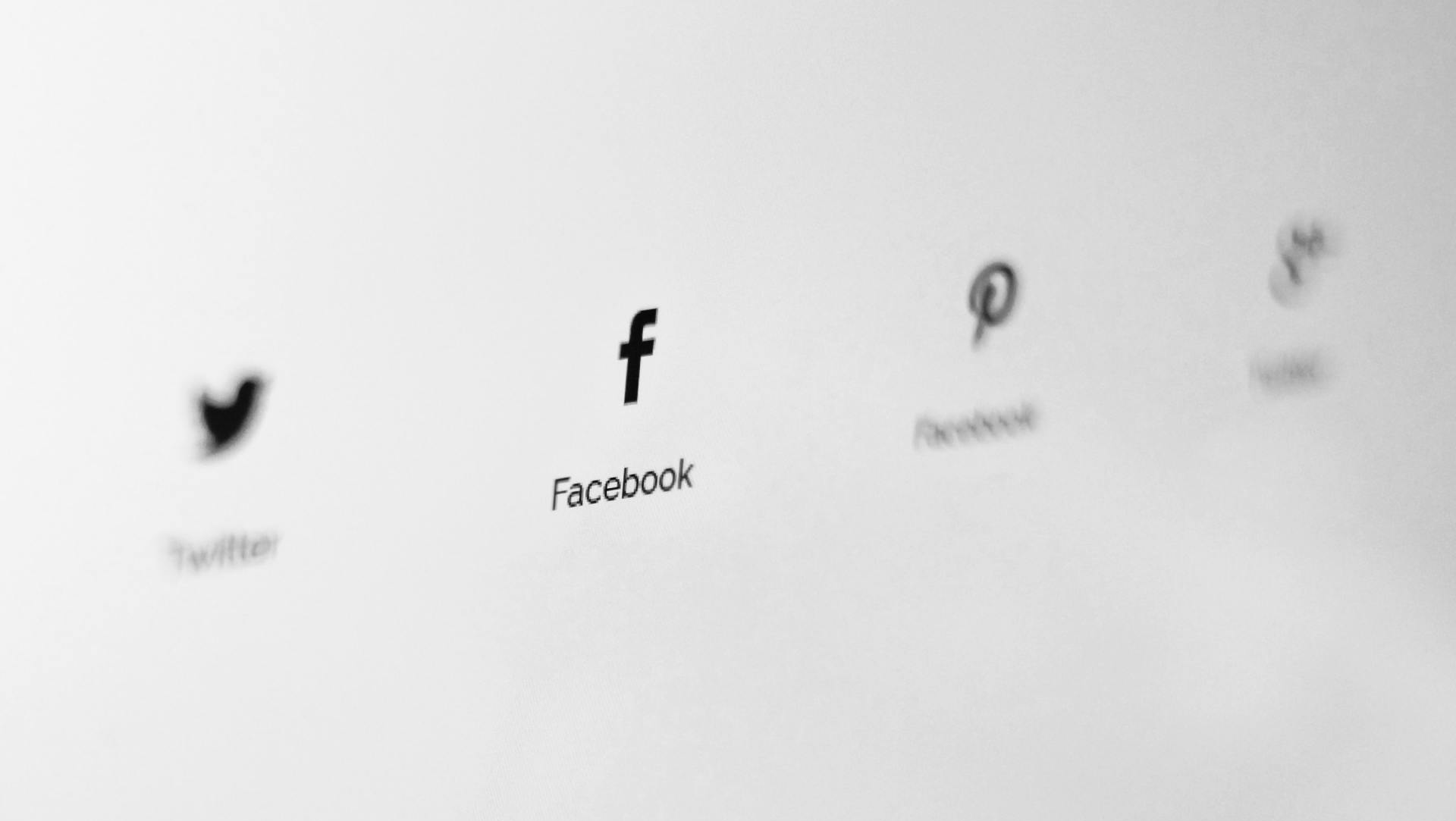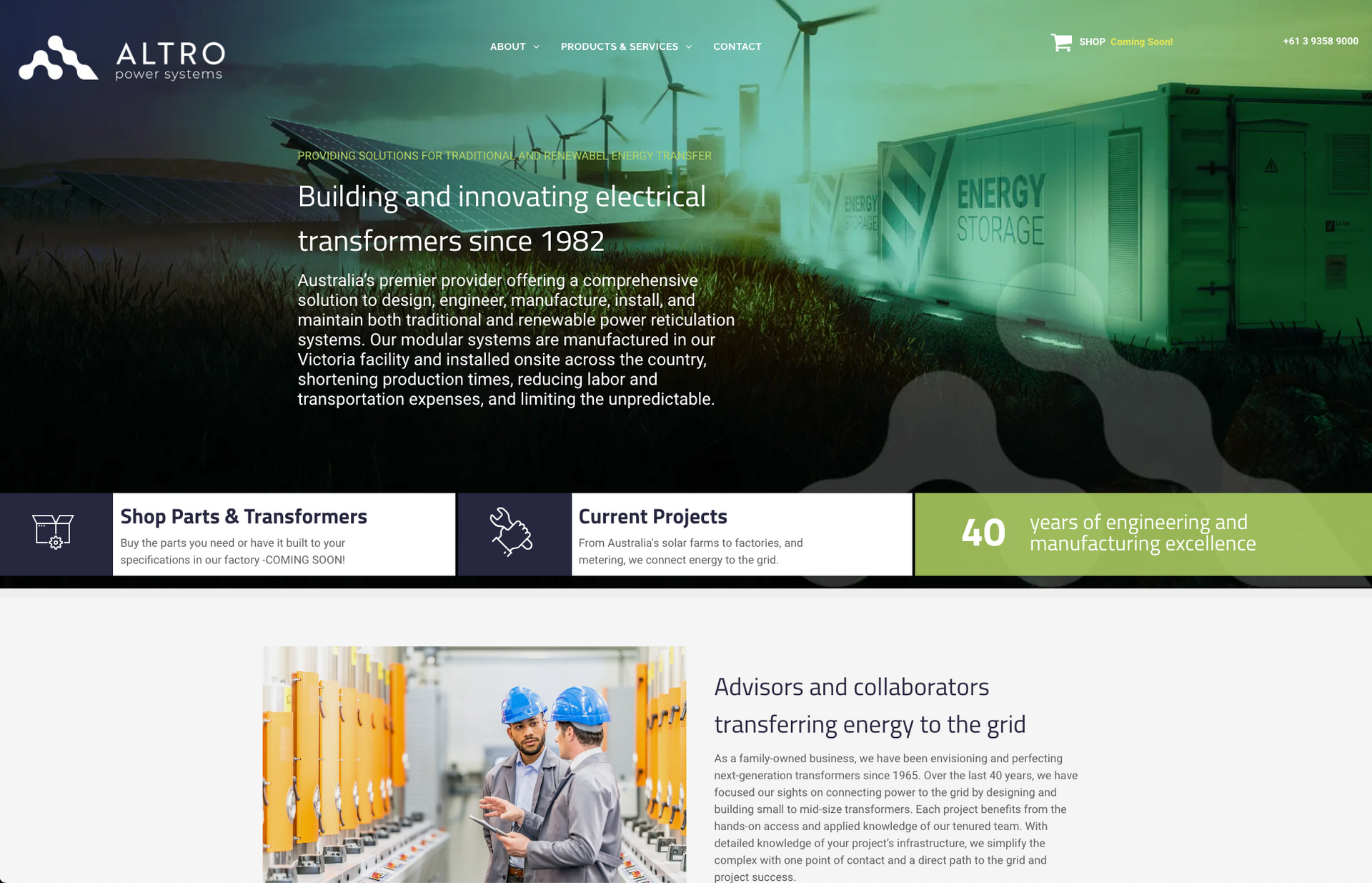How to Curate Content for Each Social Media Channel

The Power of Social Media

Curating Social Media Content
1. First, figure out what topics would appeal to your target audience. Think about which social media platforms you are hoping to use and the age groups that utilize them. Consider what kind of content would appeal to your followers.
2. Next, browse through pre-existing content related to those topics. Be sure to read things all the way through so that you know exactly what you are sharing. And don’t forget to stick to reliable sources to maintain your credibility and quality. Ask what is the purpose in sharing this content? Why would people want to read this? Be intentional with what you choose to share.
3. Give more than you take. There is an unwritten 70/30 rule in social media for sales related asks. Share information freely 70% of the time whether yours or something you have found online without asking for anything in return. And ask from your audience 30% of the time. This relates to asking to purchase, link to your offer, or even participate in a conversation.
4. Finally, determine which content best communicates and informs on those topics and share them with audiences through social media. Make sure to add your two cents when sharing articles, photos, videos, and other relevant content. Use your voice to contribute to the topic, and to spark more conversation. Never share or post an article without including your own caption; this is an opportunity to get involved and engage others – don’t waste it!
What Type of Content Works for Each Platform?
Visuals are everything on this platform. Photos and videos are essential to piquing the interesting of both followers and virtual passersby. Nothing draws the eye like an aesthetic, cohesive feed. It is also important to note that users are typically younger than 30 years old.
Ideal Instagram caption length is 138 to 150 characters. While they can be up to 2,200 characters, you can only see the first 125 characters or so keep your copy brief.
Although Twitter mainly started as a text based platform, it has grown to include links, videos, photos, and gifs. Use Twitter as an avenue to keep up with current trends and memes.
Tweets should be between 71 - 100 characters. Being succinct and clear is key for Twitter since it moves so quickly. You often only have seconds to catch your audience's attention and it is important to have your hook in the first 100 characters. According to data from Buddy Media, Tweets with 100 characters get 17% higher engagement rates than longer Tweets.
LinkedIn has been considered the Facebook of the business world. It is a more professionally oriented social platform where promoting your company is encouraged. Don’t be afraid to share longer text posts or links with your own commentary included.
The perfect LinkedIn post is about 100 characters. The “See More” link appears at about 140 characters, so it's best to keep posts short enough to avoid being cut off. And, unlike other platforms that perform better when shorter, LinkedIn peak performance length is 250 characters.
Facebook has many different content types available. Utilize videos and links to informative, engaging articles. Monitor your performance and see what works best for you.
Facebook posts perform better when shorter. The optimal length of a Facebook post is said to be 25 - 50 characters. Facebook notes in its own research that the longer the post the least effective the results.
Pinterest is like a virtual magazine, an avenue of collecting ideas that can be informative, educational, or inspiring. Divide boards into sections to keep your feed orderly, and use bright pictures and fonts to catch the eyes of other users.
As for the optimal length of a Pinterest post, 200-character descriptions are the most repinnable and even higher pinning probability when combined with a call to action.

In Summary
With the differences in social platforms in mind, and an understanding of how to curate social media content, you can better wield social media in a way that is fresh and engaging. Never underestimate the power of sharing information on social media, whether it is your own or someone else’s.




